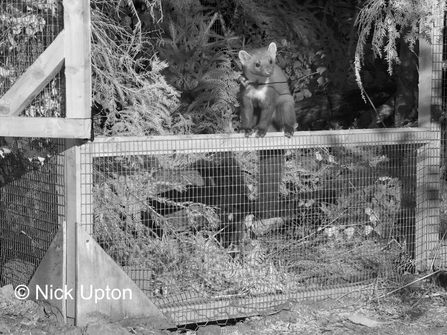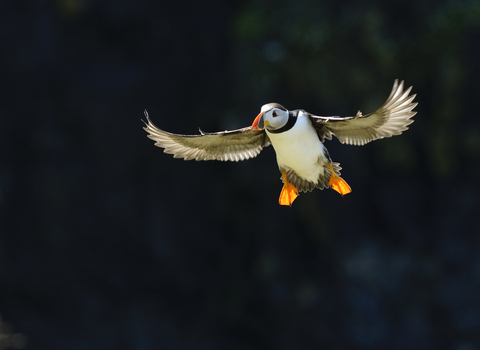Restoring ecosystems
Complex ecosystems are healthy ecosystems. As we lose species from plant and animal communities, we lose important processes and therefore resilience. These simplified ecosystems become less able to endure extreme events, such as droughts and flooding, less resilient to disease outbreaks and less tolerant to invasive species arrival.
Often, we work to reintroduce ‘keystone’ species, those which play an important role to a number of other organisms. Alternatively, we may reintroduce species to aid the recovery of their population in historic parts of their range. This makes the population, as a whole, more robust. In all instances, reintroductions promote restoration of function and health, from a single species level to an ecosystem level.
What are reintroductions?
Reintroduction is the ‘action of putting a species (animal or plant) back into a former habitat’. This species may have been lost recently, or have been absent from the landscape for decades. Major species reintroduction projects have been undertaken across the world, from wolves to crickets, eagles to spiders. Some of these have been achieved by translocation (the moving of organisms from a healthy, wild population), others have used captive-bred stock. The UK has not been a spectator in these conservation attempts. In recent decades we have seen the reintroduction of woodland mammals, birds of prey, mosses and butterflies and we, as The Wildlife Trusts, have been instrumental in many of these.
Reintroductions and The Wildlife Trusts
In 2016, Northumberland Wildlife Trust began a project to restore water vole populations into the Kielder area. This species reintroduction has required careful monitoring and control of the invasive North American mink, a predator of the water vole. Captive-bred water voles have begun to be released back into their original habitat.
2017 heralded the return of breeding white-faced darters, a rare dragonfly, to Delamere Forest pools. This project, run by Cheshire Wildlife Trust, focused on habitat improvement and connectivity between mossland sites across the forest. Mossland habitats have also been recognised by Lancashire Wildlife Trust and their restoration has been accompanied by the reintroduction of the Manchester Argus (or large heath) butterfly.
Careful habitat management is often a key step towards preparing for species reintroductions. Gloucestershire Wildlife Trust has invested much effort over many years into their limestone grasslands at Daneway Banks. This site now hosts huge colonies of the large blue butterfly which, once extinct in the UK, were reintroduced by the Trust. Daneway is now regarded as one of the best sites in the world to see this species!



